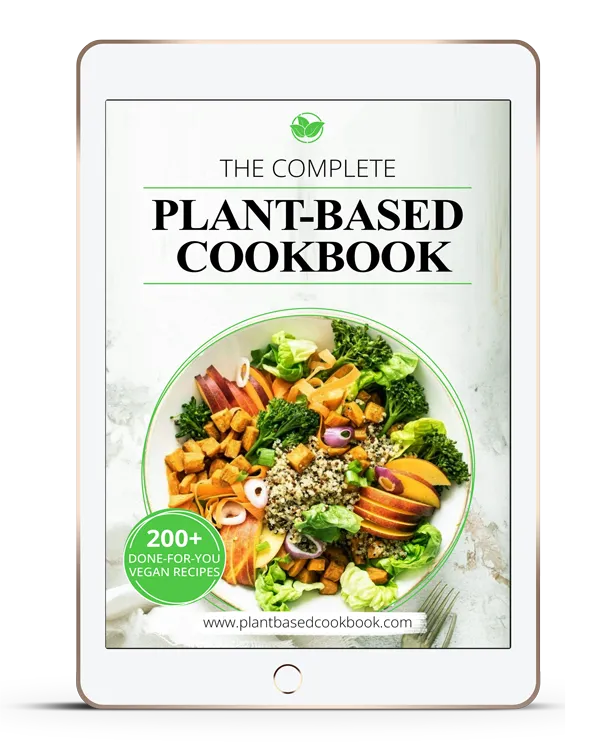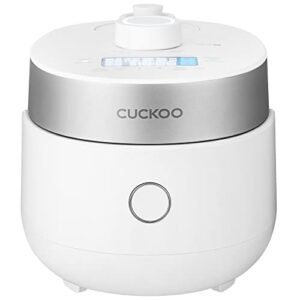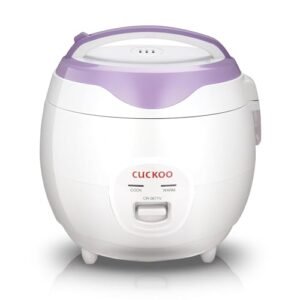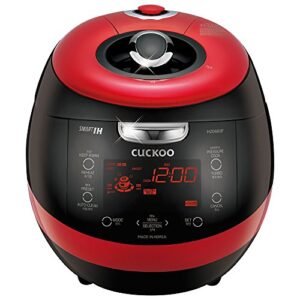Picture this: your furry friend is wagging their tail with excitement as you bring out a steaming bowl of rice. As they take a bite, their eyes light up with joy and satisfaction. But wait, before you start cooking for your canine companion, there are a few things to keep in mind. Cooking rice for dogs may seem like a simple task, but it requires precision and care to ensure that your four-legged friend is getting all the nutrients they need.
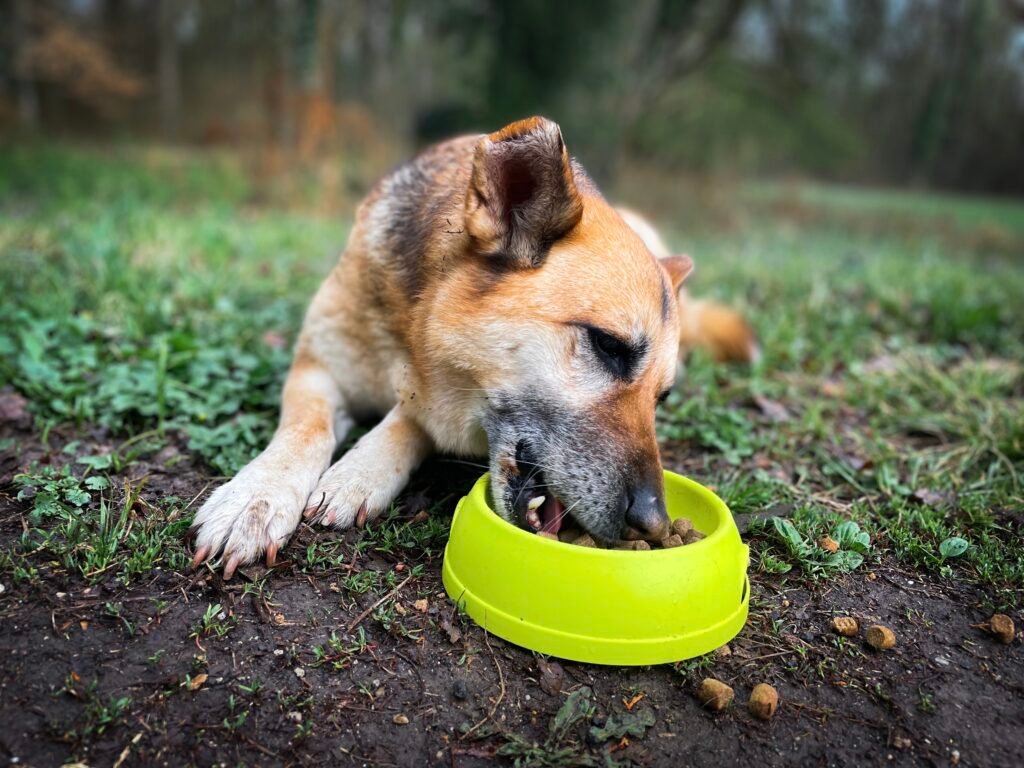
In this article, we will guide you through the process of cooking rice for dogs step-by-step. We will discuss the right type of rice to use, how much water to add, and how long to cook it for. Additionally, we will provide tips on how to make the dish more nutritious by adding healthy toppings and mix-ins that will make your dog drool with anticipation. So let’s get started on our journey towards providing our pets with healthy and delicious meals!
Table of Contents
ToggleChoose the Right Type of Rice
The selection of an appropriate rice variety for canine consumption is crucial, as some types may contain harmful levels of arsenic and other toxins that can pose a significant health risk to dogs. When it comes to choosing the right type of rice, there are two main options: brown or white. Brown rice is considered the healthier option as it retains more nutrients than its white counterpart due to the bran and germ being intact. However, dogs with sensitive stomachs may find brown rice harder to digest.
White rice, on the other hand, is easier for dogs to digest and contains fewer allergens. It also has a longer shelf life compared to brown rice and is less likely to go rancid quickly. Despite these benefits, white rice lacks some of the nutritional benefits found in brown rice due to its processing method that strips away layers of nutrients.
While both brown and white rice can be safe for canine consumption, it’s important to take into consideration your dog’s individual dietary needs when deciding which type of rice to cook for them. If your dog has a sensitive stomach or requires additional fiber in their diet, opt for brown rice; if they need something easy on their digestive system or have allergies/sensitivities that limit their diet choices, then white rice may be your best bet.
Measure the Rice and Water Correctly
Accurate measurement of the ratio between water and rice is crucial for achieving a well-balanced, nourishing meal for our canine companions. Cooking rice may seem like an easy task, but it requires precision and attention to detail. A slight variation in the amount of water or rice can significantly affect the texture and taste of the final product.
To ensure that your dog gets a perfect bowl of rice every time, it is essential to follow some simple tips for measuring both ingredients correctly. Firstly, use a measuring cup specifically designed for cooking rice. These cups are usually smaller than standard cups and provide accurate measurements. Secondly, rinse the rice thoroughly before cooking to remove excess starch that could make the grains clump together during cooking. Lastly, use a pot with a tight-fitting lid to trap steam inside and cook the rice evenly.
Different types of rice require different amounts of water; thus, there is no one-size-fits-all ratio when it comes to cooking rice for dogs. The table below provides general guidelines on how much water to use per cup of uncooked rice for three common types: white long-grain, brown long-grain, and basmati.
| Rice Type | Water Amount |
|---|---|
| White Long-Grain | 2 cups |
| Brown Long-Grain | 2 1/4 cups |
| Basmati | 1 3/4 cups |
Remember that these ratios are just starting points; you may need to adjust them depending on factors such as altitude or humidity levels in your kitchen. By following these simple tips and using proper measurement techniques, you can cook fluffy and delicious rice that will keep your furry friend happy and healthy!
Rinse the Rice Thoroughly
Thoroughly rinsing the rice before cooking is crucial in ensuring a clean and healthy meal for our furry companions. Although it may seem like an unnecessary step, rinsing removes dirt, dust, and other debris that may be present on the grains. This reduces the risk of contamination that can cause illnesses in dogs such as diarrhea and vomiting.
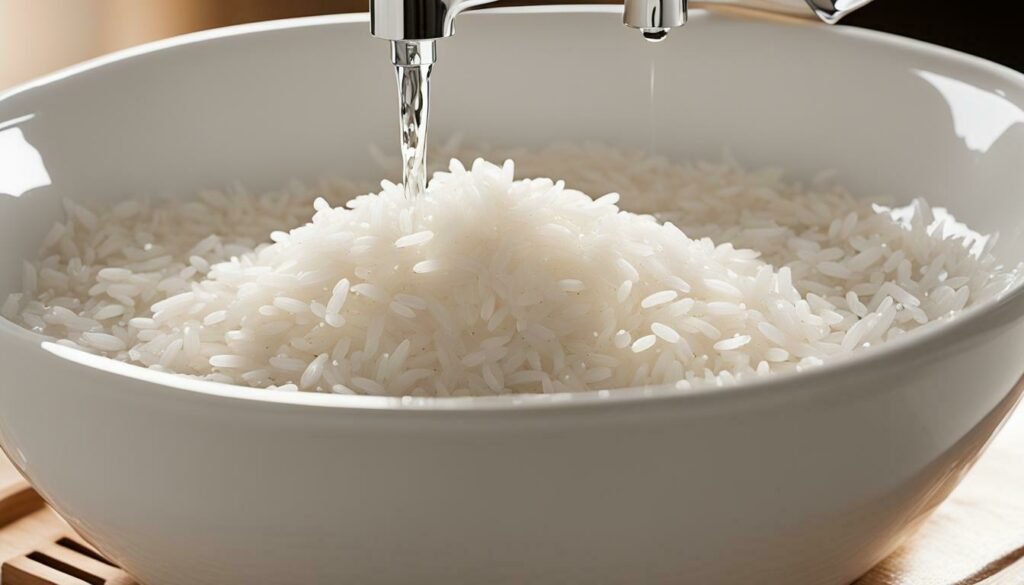
Aside from removing impurities, soaking rice prior to cooking has several benefits. It softens the grains, making them easier to digest for dogs with sensitive stomachs. Soaking also helps reduce cooking time, which can come in handy when you’re short on time but still want to provide your dog with a nutritious meal. However, if you prefer not to soak rice or don’t have enough time for it, there are alternative cooking methods such as using a rice cooker or pressure cooker that can produce fluffy and perfectly cooked rice without the need for soaking.
Rinsing rice thoroughly before cooking is a vital step in preparing meals for your furry friends. Not only does it remove dirt and debris that could potentially harm them, but it also ensures a cleaner and healthier meal overall. Additionally, soaking rice prior to cooking provides numerous benefits that can further enhance its nutritional value. However, if you’re pressed for time or simply prefer not to soak your dog’s rice beforehand, alternative cooking methods are available that can still produce delicious results.
Cook the Rice Properly
Proper cooking of the grains is essential to ensure that the nutritional value of rice is preserved and readily available for consumption by pets. While it may seem like a simple task, many people overlook some crucial steps in the rice cooking process. Here are some rice cooking techniques that will help you prepare a nutritious meal for your furry friend.
Ratio: The first step to cooking rice is measuring out the appropriate ratio of water to grain. Typically, this means two cups of water for every one cup of rice. However, the amount may vary depending on the type of rice used.
Boiling: Once you have measured out your ingredients, bring the water to a boil before adding in your rice. This ensures that all bacteria and impurities are eliminated from both the rice and water before they are combined.
Timing: After adding in your rice, reduce heat to low and let it simmer until all liquid has been absorbed. This usually takes 18-20 minutes but depends on factors such as altitude and humidity.
Flavoring options: Lastly, consider flavoring options for your dog’s meal! Adding low-sodium broth or cooked vegetables can provide additional nutrients while also making their dinner more palatable.
It should be noted that while there are many ways to cook rice, not all methods are safe or healthy for dogs to consume. For example, fried or salted varieties can be harmful due to their high sodium content and added oils/fats.
Overall, properly cooked plain white/brown rice remains an excellent source of carbohydrates for our canine companions when prepared with care! So next time you’re preparing dinner for Fido – keep these tips in mind!
Cool the Rice before Serving
One important step in ensuring the safety of rice for consumption by pets is to allow it to cool before serving, as hot food can potentially burn their mouths and cause discomfort. It may seem like common sense to let hot food cool down before feeding it to a pet, but some pet owners overlook this crucial step and end up causing unnecessary harm to their furry friends. The benefits of cooling the rice are manifold – not only does it prevent painful mouth burns, but it also helps regulate the temperature inside the dog’s body.
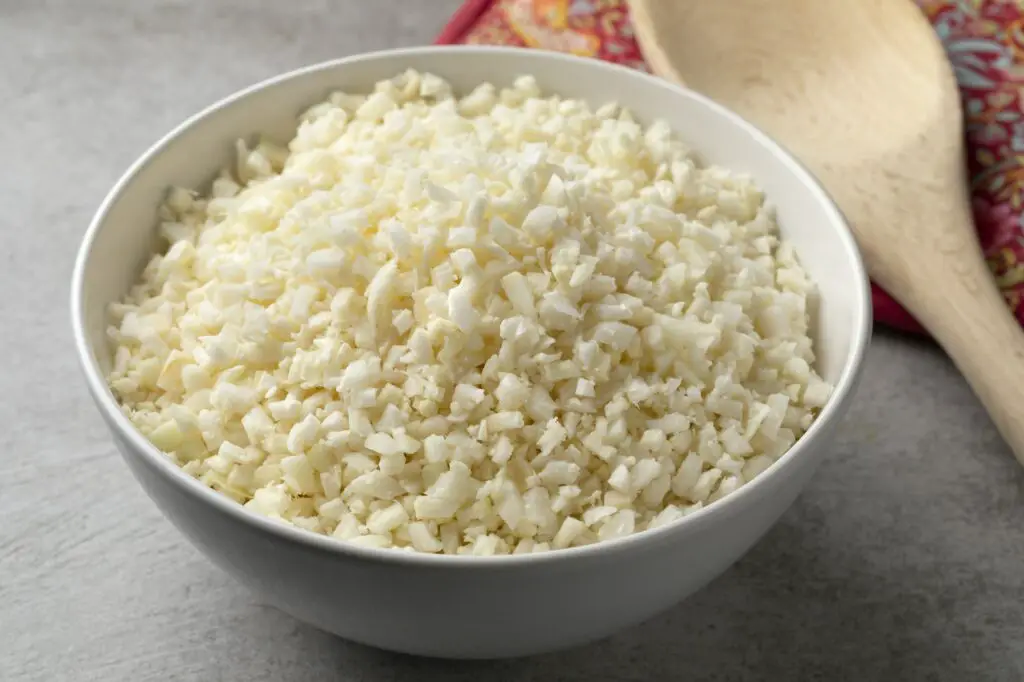
Temperature control is particularly vital when it comes to feeding dogs because they are more sensitive than humans when it comes to changes in climate. A sudden increase in internal body temperature can lead to serious health complications such as heatstroke or dehydration, which could even be fatal if left untreated. This is why cooling the rice before serving is so important – by regulating its temperature, you’re ensuring that your pet won’t experience any adverse effects from consuming hot food.
Allowing cooked rice for dogs to cool down before serving is a critical step towards maintaining their health and wellbeing. Not only does it prevent potential mouth burns, but also regulates internal body temperature and reduces the risk of heatstroke or dehydration. So if you’re a dog owner looking out for your furry friend’s best interests, remember always to prioritize their health above anything else and ensure that their meals are served at an appropriate temperature!
Add Healthy Toppings and Mix-Ins
To enhance the nutritional value of your pet’s rice meal, incorporating healthy toppings and mix-ins can be a beneficial option. Not only will it make the meal more fulfilling for your furry friend, but it can also offer added health benefits. Here are some ideas for healthy toppings and mix-ins:
- Vegetables: Adding vegetables like carrots, green beans, or peas can provide additional vitamins and minerals to your dog’s diet.
- Protein: Lean meats such as chicken or turkey can be mixed in with the rice to add protein to the meal.
- Fruits: Adding fruits like apples or bananas can give your dog extra fiber and natural sugars.
While adding toppings and mix-ins may seem like a great way to make your dog’s rice more nutritious, portion control is still essential. Remember that dogs have different dietary needs than humans do, so too much of one ingredient could cause digestive issues or other health problems. Be sure to consult with your veterinarian about what types of foods you should include in your pet’s diet and how much is appropriate for their size and activity level.
Incorporating healthy toppings and mix-ins into your dog’s rice meals can provide nutritional benefits while also making their food more enjoyable. However, it is crucial to practice portion control and consult with a veterinarian before making any significant changes to their diet. With these precautions in mind, you can create delicious and nutritious meals that will keep your furry friend happy and healthy.
Conclusion
Cooking rice for dogs can be a simple and healthy way to add some variety to their diet. When preparing rice for your furry friend, it is important to choose the right type of rice, measure the correct amount of water and rice, rinse thoroughly, cook properly, cool before serving, and add in some healthy toppings or mix-ins.
Choosing the right type of rice is crucial as not all types are suitable for dogs. Brown rice is a great source of fiber and nutrients while white rice is easy on their digestive system. Measuring correctly ensures that the texture will be just right. Rinsing thoroughly removes excess starch which can lead to upset stomachs. Cooking the rice properly guarantees that your dog will enjoy its taste and texture.
In conclusion, cooking rice for your dog can provide them with a healthy alternate food option to supplement their regular meals; however, it’s important to follow these steps precisely in order to ensure your dog’s safety and well-being. So don’t cry over spilled milk – take care when cooking for your furry friend!



